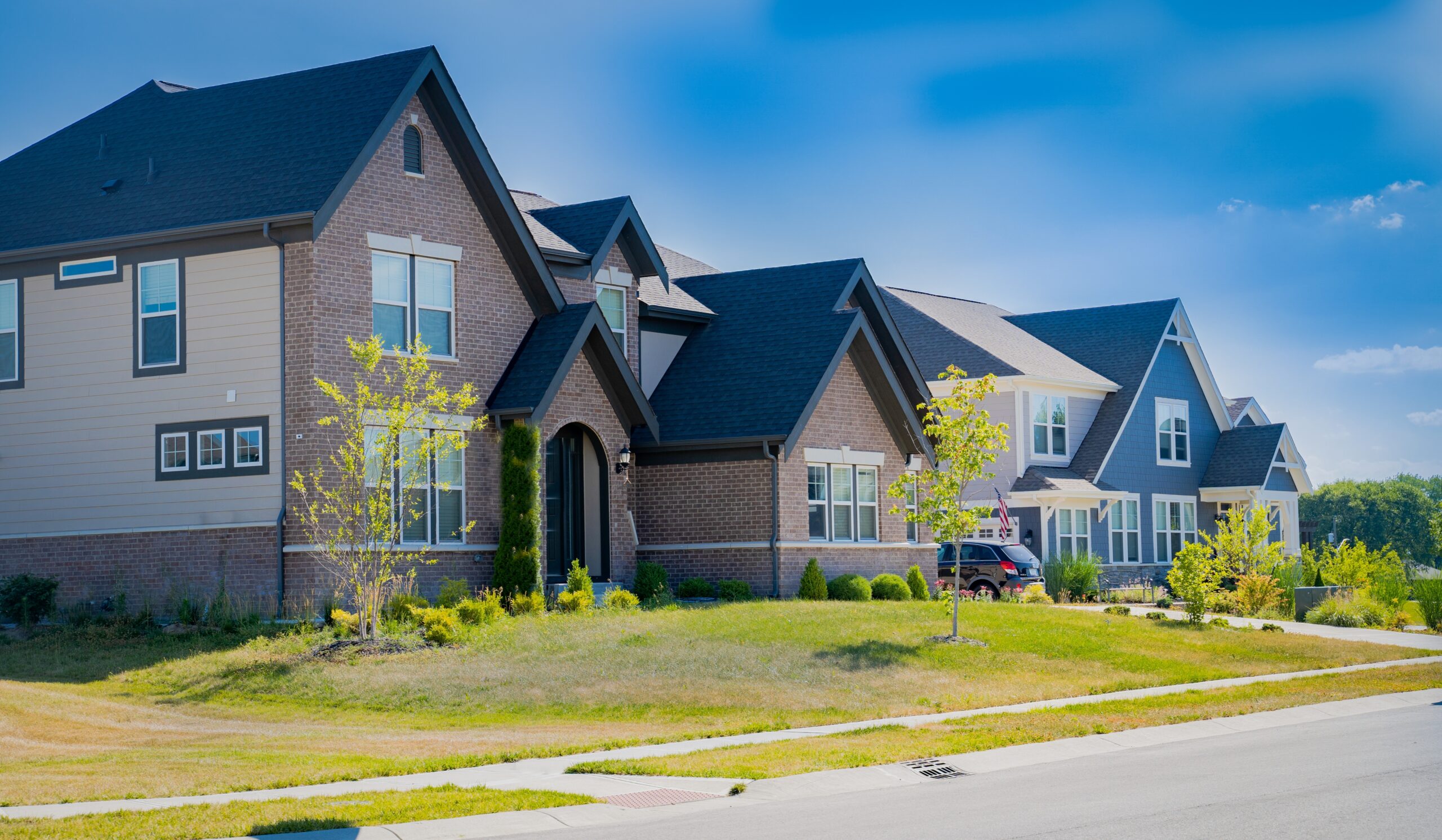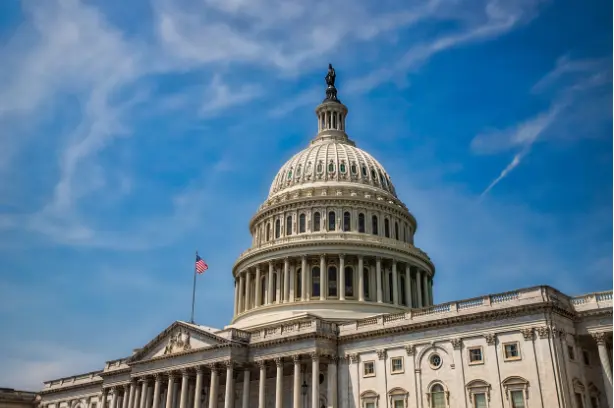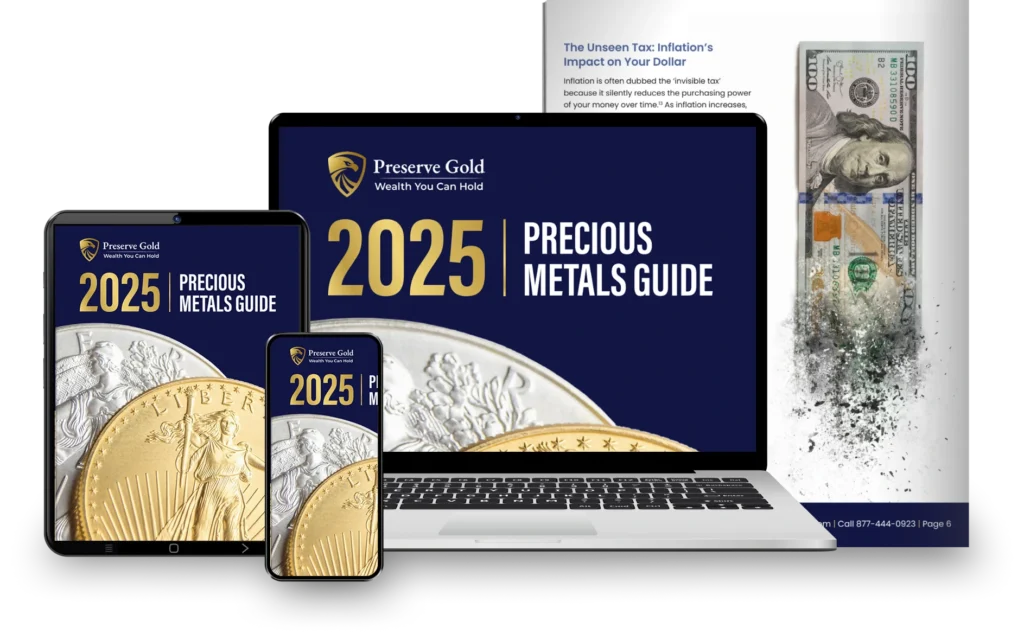By Preserve Gold Research
Gold has been on a tear. After kicking off a bull run in 2022, the precious metal kept pushing higher through 2024—and now, well into 2025, it shows little sign of slowing down. Record after record has fallen as a potent mix of inflation, geopolitical risk, and shifting monetary policy has reignited demand. A softening U.S. dollar, persistent price pressures, and the growing likelihood of interest rate cuts have all reinforced gold’s traditional safe-haven status. Meanwhile, demand has poured in from every corner of the market. Central banks are hoarding bullion. Investors are snapping up coins, bars, and gold-backed ETFs. The result? A rally that feels both historic and oddly familiar. Some analysts are already floating the once-unthinkable: gold breaking above $4,000 an ounce before the year’s end. And in today’s climate of global uncertainty, few are willing to bet against it.
Gold Blazes Past Milestones in Historic Surge
What started as a quiet climb has turned into a full-blown breakout. Gold kicked off 2024, hovering just above $2,000 an ounce—steady, familiar territory. But it didn’t linger there long. By mid-August, the precious metal had smashed through $2,500, not just edging higher but setting an all-time record that sent a clear message: the rally was real and was gaining steam.
Fueling the ascent? A cocktail of investor conviction and shifting central bank signals. As whispers grew louder that the Federal Reserve was nearing the end of its rate-hike campaign, gold took off, soaring over 20% in just eight months. But the momentum didn’t fade with the summer sun. Then came September. Tensions flared in the Middle East, and gold responded like clockwork, spiking to $2,685 per ounce in late September, notching yet another record. It was one of dozens.
According to the London Bullion Market Association, gold prices set 40 record highs in 2024 alone. After a short-lived dip, the yellow metal wrapped up the year at around $2,625—up 27%, its strongest performance since 2010. Even against the backdrop of a robust S&P 500, gold managed to outshine equities, cementing its place as the top-performing major asset of the year.

Source: World Gold Council
And 2025 hasn’t let up. By early March, gold did the unthinkable: It pierced the $3,000 mark. A psychological barrier that once seemed like a financial fantasy became a reality, pushed through by relentless safe-haven demand and growing unease across global markets. That leap has brought a further 14% gain on top of 2024’s blistering rally. Even as short-term traders have pared back their bets, price action has remained stubbornly strong. Milestone after milestone, gold has seen an inexorable rise, setting a new record high after another. By any measure, gold’s price performance in 2024–25 has been historic, reaching levels few would have predicted just a few years ago.
Gold ETFs Make a Comeback
The rally in gold hasn’t been only visible in price charts. It has echoed through investment flows, too. After years of outflows, gold-backed ETFs finally turned a corner in 2024. With market volatility on the rise and central banks signaling a shift in policy, investors flocked to the safety of the precious metal. Global gold ETFs saw net inflows for the first time since 2020, reversing a three-year streak of steady withdrawals. The World Gold Council (WGC) summed it well: “In a year in which the gold price reached new all-time highs 40 times, global investor appetite for gold ETFs finally turned around.” Though the inflows were modest then, they marked a shift in sentiment. By the end of the first quarter of 2025, physically backed gold ETFs recorded their most significant quarterly inflow in three years, according to data from the WGC.
Investor interest wasn’t confined to ETFs. Physical gold demand in the form of bars and coins also held firm. Total investment demand—including ETFs, over-the-counter trades, and bullion—hit 1,180 tons in 2024, the highest level in four years and a 25% increase from the previous year. “The primary drivers of the gold price move are financial investment demand, particularly with ETF buying improving, and overall improved sentiment as expectations of [a] Fed easing cycle [begin],” explained Aakash Doshi, head of commodity research at Citi. Once investors sensed the macroeconomic winds shifting in gold’s favor, they moved quickly. It wasn’t just risk aversion at play—it was a symbolic gesture of market confidence. As markets scrambled for safety, confidence in one of the world’s oldest currencies, gold, was reaffirmed.
Central Banks Double Down on Gold Reserves
One of the most powerful and underappreciated forces behind gold’s surge has come from the official sector. While investor flows tend to ebb and flow with sentiment, central banks have been unwavering. In 2024, they purchased 1,045 tons of gold, nearly matching the previous year and just shy of the record 1,136 tons set in 2022. That marked the third straight year of buying over the 1,000-ton threshold—a level more than double the annual average of the past decade. To put the scale in perspective, central bank buying accounted for roughly one-quarter of the total global gold demand in 2024. As net buyers of gold for 15 consecutive years now, their consistent accumulation had created a firm demand baseline that had helped propel prices upward even when other factors oscillated.
What’s behind the sustained demand? Diversification and a desire to reduce exposure to the US dollar are high on the list. “Gold retains its value even in the event of a systemic collapse in the global financial network,” said Adam Glapiński, governor of the National Bank of Poland. The NBP led the pack in 2024, aiming to raise gold’s share of national reserves to 20% in the years ahead. But Poland has hardly been alone in its gold rush. A wave of demand has come from emerging-market central banks like Turkey, India, and Russia as they shift away from dollar-centric reserves toward more politically neutral assets.

Source: World Gold Council
The People’s Bank of China has been especially active, buying gold for 18 straight months before briefly pausing as prices peaked. When prices eased in November ’24, the PBOC resumed purchases, bringing its official reserves to around 2,290 tons—about 6% of its total. “Buying by the PBOC and other central banks has been a key factor for gold’s very strong price performance over the last two years,” said Kinesis analyst Frank Watson. These institutions, he noted, are “relatively price insensitive,” focused on long-term strategic reserve building rather than short-term gain.
International tensions have also played a major role in central banks’ interest in gold. In a world where dollar assets can be frozen and sanctions weaponized, a growing number of countries are seeking insurance against the risks posed by US financial dominance. Gold, with no counterparty risk, high liquidity, and universal acceptance, is a favorite in this regard. For nations like China and Turkey, the precedent of Russia’s frozen dollar reserves looms large, reinforcing the push to diversify. And given the ongoing tensions between major economies like the US and China, many analysts predict that this trend will continue to gain momentum in the coming years.
Inflation, Interest Rates, and the Turning Tide for Gold
Beneath gold’s rally lies a powerful economic current shaped by inflation and the shifting stance of global central banks. After inflation surged to multi-decade highs in 2022, with US consumer prices peaking near 9% year-over-year, it began to retreat by 2024. But even as headline numbers cooled, inflation lingered stubbornly above central bank targets, keeping anxiety alive.
In that environment, gold’s appeal as a hedge against inflation and currency erosion came roaring back. The echoes of the 1970s were hard to ignore. Back then, as stagflation gripped the US economy, gold delivered average annual returns of 35%, handily outpacing other assets while inflation averaged nearly 9%. The world today may look different, but the core dynamic still resonates: When fiat money loses purchasing power, investors instinctively reach for something tangible.
Then came 2024’s turning point—interest rates. After an aggressive hiking cycle through 2022 and 2023, the Federal Reserve began signaling a change in course. Markets were quick to respond. By mid-2024, traders were pricing in imminent rate cuts, and gold responded in kind. The idea that easing was just around the corner pushed gold above $2,500, even before the first cut materialized. By late 2024, the Fed had acted, trimming rates in response to softening inflation. The momentum carried into 2025, with the central bank slashing a whole percentage point from peak rates.
This shift in policy has done more than reduce borrowing costs; it’s reignited the gold trade. With real interest rates falling, the opportunity cost of holding gold dropped. And for an asset that offers no yield, that change has made all the difference. While gold has historically performed well in times of economic uncertainty, when central banks turn dovish, it can really shine.
The timing tells the story. Gold’s sharpest gains in 2024 aligned directly with the Fed’s shift in language. It was the metal’s best annual performance since the post-crisis surge of 2010, when the Fed’s last major easing cycle was in full swing. The mere expectation of a dovish Fed was enough to drive investment demand higher, but momentum took over once the actual cuts came. It’s a classic dynamic: easy money policies weaken currencies and stoke future inflation, adding to gold’s appeal. With further rate reductions expected in the year ahead, that tailwind is expected to continue.
The Dollar Softens, Gold Finds Room to Run
Another key ingredient in gold’s surge has been the shifting fortunes of the US dollar. Historically, the relationship is clear: when the dollar slips, gold tends to climb. In 2022, the dollar surged to 20-year highs, which put pressure on gold. But in 2024, that trend flipped. As US rate hikes paused and the prospect of cuts grew, the dollar began to sag, making gold cheaper for buyers in other currencies.
The dollar started to lose steam as the Federal Reserve paused its tightening cycle, and the market began eyeing future rate cuts. By August, the dollar index (DXY) had dropped to a seven-month low—right as gold vaulted past $2,500 an ounce. That timing was no coincidence. A softer dollar doesn’t just make gold more affordable globally; it also shifts investor psychology. When the currency that underpins much of the financial system wobbles, gold looks like a safer place to park capital.
The dollar’s decline wasn’t extreme, more a drift than a plunge, but even small currency shifts can echo loudly across commodity markets. When the greenback weakens, gold, priced in dollars, becomes more appealing to buyers using euros, yen, or yuan. And in some countries, where local currencies were sliding against both the dollar and gold, demand surged further as people sought to shield their wealth from domestic inflation.
By early 2025, as the Fed moved firmly into easing mode, the dollar remained under pressure. This gave gold an extra tailwind just as momentum was building from other sources. The contrast with the previous year couldn’t have been starker. In 2023, rate hikes had kept the dollar firm and gold somewhat capped. But by 2024, the dynamic flipped, and gold’s potential for capital appreciation became more obvious. With the dollar no longer acting as a headwind, gold’s other bullish drivers had room to take the lead. The result was a rally powered not by a single factor but by a convergence of macro forces—many of which are expected to remain in play for the foreseeable future.
Geopolitical Tension Adds Heat to Gold’s Ascent
If monetary policy laid the foundation for gold’s rally, global turmoil brought the spark. Throughout 2024, the world faced a cascade of risks: the prolonged war in Eastern Europe, fresh conflict in the Middle East, and rising tensions between major powers. Each flashpoint added urgency to the flight into safe-haven assets—and gold was at the center of it. Chief among these was the war in Ukraine, which continued into its second year with no clear resolution. The conflict and the resulting energy and security uncertainties kept a constant bid under safe-haven assets. Gold had already spiked in early 2022 when the war began, and in 2024, it remained a go-to refuge as the war ground on.
Tensions between the US and China added another layer of stress. Technology sanctions deepened, and by late 2024, talk of a trade war turned into action. Washington and Beijing exchanged tariffs once more, rekindling fears last seen in 2018 and 2019. With global growth at stake, investors took notice. In early 2025, new US tariffs drew swift retaliation from international players like China, triggering inflation concerns and reigniting interest in hard assets. According to analysts at OCBC, “gold’s appeal as a safe haven and inflation hedge has further strengthened in light of these geopolitical concerns and tariff uncertainty.”
Arguably, the most acute geopolitical driver has been the Middle East. In October 2024, the escalation of the Israel–Hamas conflict drew in regional powers, and markets reacted instantly. Gold surged more than 1% that day, even after hitting a fresh record just days earlier. Fears of a wider regional war gripped traders, helping to propel spot gold above $2,650 an ounce. Though a broader conflict hasn’t unfolded yet, the episode underscored gold’s sensitivity to geopolitical shocks.
Every major headline—from Eastern Europe, the Middle East, or even domestic unrest in the US—has prompted another burst of gold buying. Meanwhile, cracks have begun to appear in financial markets. “With equity markets selling off and unpredictable political risks, we are starting to see a return of Western investors to gold,” said John Ciampaglia, CEO of Sprott Asset Management, in March 2025. According to Ciampaglia, even US and European investors—previously net sellers—have been turning to gold as an insurance policy.
A Safe Haven Through the Ages
Gold’s stunning climb over the past 18 months may feel extraordinary, but history tells us it’s anything but unprecedented. Time and again, when the world veers into crisis, be it economic, geopolitical, or both, gold has risen to the occasion. The current rally is, in many ways, a continuation of a centuries-old narrative: in uncertain times, people instinctively return to gold, drawn to its permanence when everything else feels in flux.
There are clear echoes of the 1970s in today’s story. During that decade’s stagflation, when inflation raged and economies stagnated, gold proved an invaluable refuge. From 1978 to 1980, the metal’s price exploded by more than 300%, fueled by fears of economic instability and geopolitical strife. By January 1980, gold peaked at around $850 an ounce, a dramatic leap from just $35 a decade earlier, when the gold standard was abandoned. That surge wasn’t just about inflation. It reflected a deeper erosion of confidence in fiat currency, a moment when the dollar faltered and gold stood firm. The lesson stuck: when purchasing power weakens and trust in monetary systems wavers, gold becomes more than an asset; it becomes a potent hedge against uncertainty.
Fast forward to the 2008 Global Financial Crisis, and similar patterns emerged. As banks collapsed and global markets spiraled, gold offered refuge. From the depths of the crisis to the aftermath, gold embarked on a multi-year bull run, rising from the low $800s in 2008 to almost $1,900/oz by late 2011. More recently, the 2020 COVID-19 pandemic provided another stress test—and gold passed with flying colors. With economies shutting down and central banks injecting trillions into markets, gold broke new ground—crossing $2,000 an ounce for the first time.
Given these past episodes, the historical context makes the 2024–2025 rally feel less like an anomaly and more like a continuation of a legacy. Inflation fears, monetary shifts, a weakening dollar, geopolitical flashpoints, and unrelenting central bank demand have all converged. Investors have, once again, reached for gold—not out of nostalgia but necessity. The metal has reasserted itself as a core component of diversified portfolios, not because it’s trendy but because history has shown that it works. In today’s high-tech financial landscape, dominated by digital currencies, algorithmic trading, and complex monetary interventions, gold’s resurgence is a reminder that some things don’t change. When uncertainty takes over, investors crave something real. And gold, quite literally, delivers.







